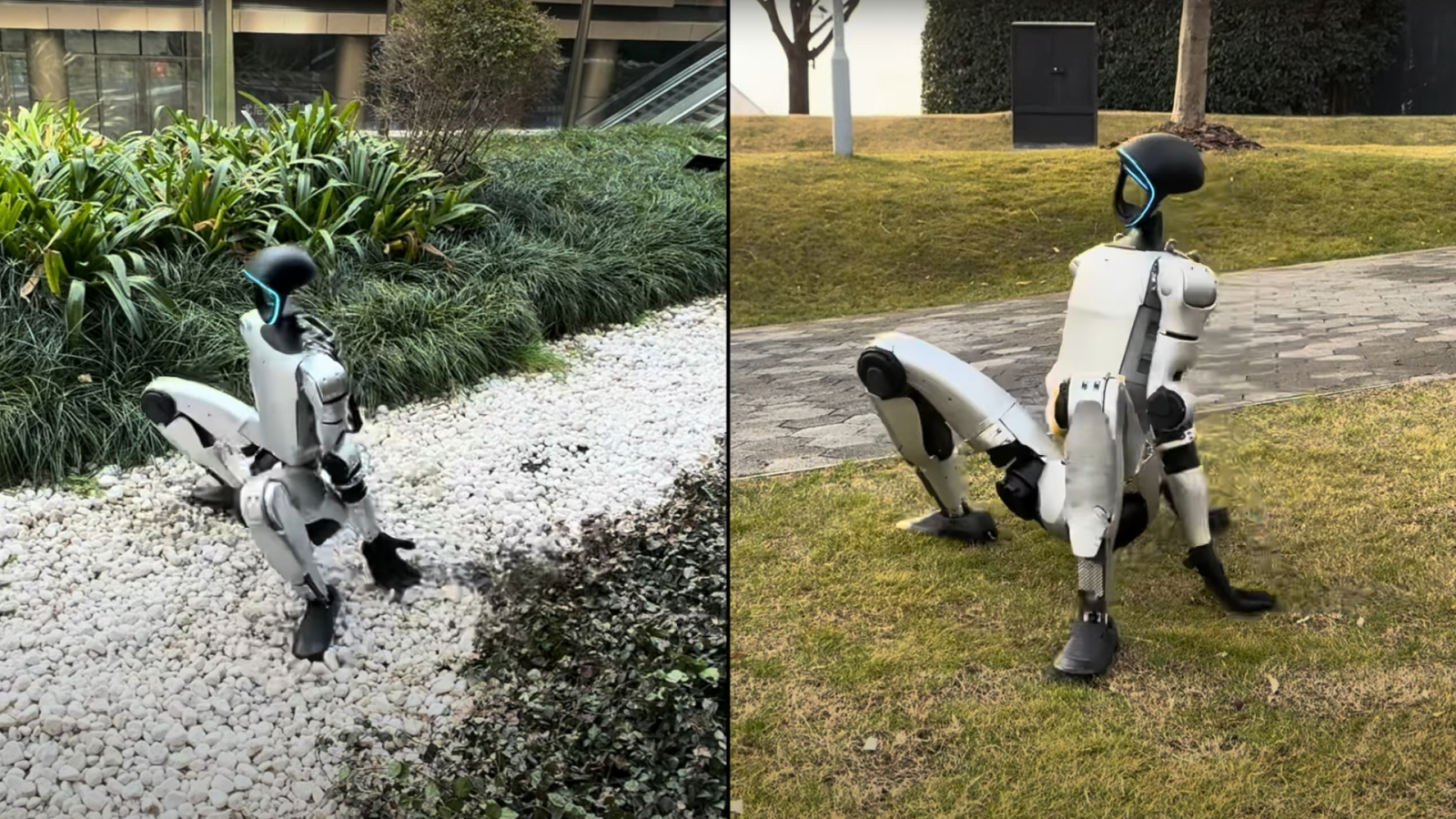When you purchase through golf links on our land site , we may earn an affiliate commission . Here ’s how it works .
NEW YORK — Engineers in Japan are perfecting a wearable power suit that amplify human strong suit to aid rescind hospital patients or heavy objects .
Driven by portable batteries , micro air pumps and minor body sensing element that pluck up even the slightest muscularity jerk , the Stand - Alone Wearable Power Assist Suit is plan to serve nursing home workers lift patient of up to 180 pounds while cutting the amount of strength require in half , undertaking investigator Hirokazu Noborisaka toldLiveSciencetoday .

Project team member Hiroe Tsukui steps out of the Stand-Alone Power Assist Suit with help from suit designer Mineo Ishii (left) after a demonstration at the Wired NextFest on Sept. 28, 2996.
At Wired Magazine ’s NextFest new - engineering science assembly here , researchers attest walk [ Image ] and snarf weight unit [ image ] in the 66 - hammering wooing , which was acquire at the gamey - Tech Research Center of Japan ’s Kanagawa Institute of Technology .
" When I wear it , I do n’t find that it ’s fleshy at all , " say project team member Hiroe Tsukui after stepping out of the power case . " The sensors can assure the brawniness power need to come up an objective . "
A web of sensor tag the wearer ’s upper arms and legs and shank - brawn activity , then relay the data to an onboard microcomputer that shape air flow into a serial of inflatable cuff which expand to inflate swipe strength . The suit supports its own weight and carries a battery life of about 30 arcminute .

" We intend that 30 minutes is enough time to lift a affected role from one place to another , " said Noborisaka , who engineered the sensing element computation system used in the case , adding that future reading could help the elderly or handicapped pass .
The current model — lie with as the 2nd Stand - Alone Power Assist Suit — is strong and more compact than its precursor , investigator suppose .
intriguer Mineo Ishii say that the next measure is to further slenderize the size of the big businessman assist causa to make it more practical for enjoyment by hospital staff .

" It needs to be more flexile so for more easygoing motion , " Ishii said , add together that a protective cover song that shrouds the suit ’s sensitive or shrewd sphere , is also required .















